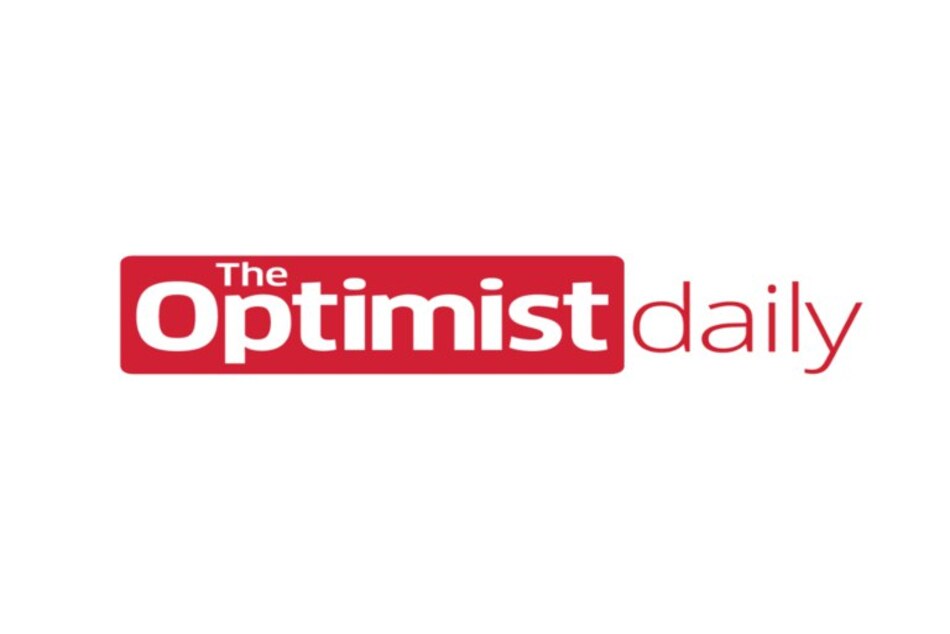Many residents in California woke up this week to apocalyptic orange skies due to fast-growing wildfires across the state. Today, for our Thought Leader Series, we share a ProPublica article that dives deeper into solutions for reducing the severity of what many are now calling “megafires.”
Tim Ingalsbee is a previous wildland firefighter who holds a doctorate in environmental sociology. He is frustrated with the disconnect between what he learned about the west’s natural fire season patterns and California’s wildland management policies. Academics estimate that in prehistoric California, between 4.4 million and 11.8 million acres burned each year, yet between 1982 and 1998, California land management experts conducted only 30,000 acres of controlled burns. Between 1999 and 2017, it dropped to just 13,000 acres. We are now seeing a buildup of dense flammable material in our wildlands combined with intensifying heat and drought due to climate change. The result is nearly uncontrollable fast-moving blazes that are getting worse year after year.
So what’s the answer to reigning in these wildfires? Mike Beasley, deputy fire chief of Yosemite National Park from 2001 to 2009, thinks the state needs to turn to ecology to find a solution to preventing wildfires. Rather than putting a fire out and calling it a day, more controlled burns would help clear out high risk areas near populated regions and create burn lines to stop wildfires when they do break out. A study from Nature Sustainability estimates that California would need to burn 20 million acres to stabilize wildfire conditions. Although this is an ambitious goal for controlled burns, even a small proportion of this would contribute to mitigating fire risks.
So how did we get here? Of course, money plays a role. Before 1999, CalFire had never spent more than $100 million a year, but in the 2017-2018 fire season, they shelled out $773 million. This money goes towards paying firefighters, but over a quarter of U.S. Forest Service fire suppression spending also goes to aviation, which is largely contracted out to private companies.
Funding controlled burns is more complicated than funding active firefighting. When a fire is raging, it’s easy to get agencies to spend money, but when it comes to organizing a controlled burn, sourcing equipment, complying with the Clean Air Act, and contending with the political danger of a controlled burn getting out of control often deters plans.
We do have examples to turn to, however. In the southeast, controlled burns play a much bigger role in wildfire prevention. Lenya Quinn-Davidson, an area fire adviser for the University of California Cooperative Extension and director of the Northern California Prescribed Fire Council, is optimistic that California could adopt similar policies. This past August, CA governor Newsom signed a memorandum of understanding on the need for more controlled burns, indicating the state might finally be getting on board with more sustainable fire practices.
As climate change increases the risk of wildfires, we urgently need to rethink our fire prevention strategies. Taking some of the millions of dollars we spend fighting active blazes and using it for strategic controlled burns to mitigate fire risk will be incredibly beneficial in the long run. Looking at the earth’s natural fire patterns and centuries of wildfire mitigation practices employed by indigenous communities shows us that manipulating the west’s natural burn cycle to work around human-populated areas will be more effective in the long run than suppressing all fire until one rages out of control.
Read the full article from ProPublica below.











